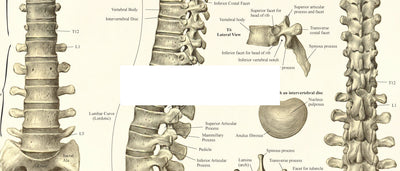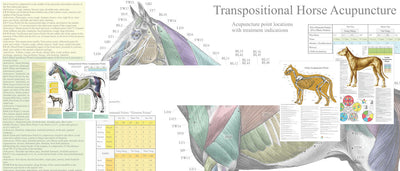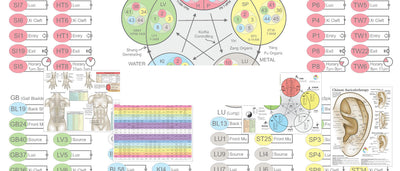Pulse diagnosis is a fundamental diagnostic technique in Traditional Chinese Medicine (TCM) that involves assessing the quality and characteristics of a person's pulse at various points on the radial arteries of the wrist. This technique is used to gather information about the overall state of a person's health, the balance of their vital energy (Qi) and body fluids (Jing), and the condition of their organs and meridians. Pulse diagnosis is often combined with other diagnostic methods, such as observation, questioning, and palpation, to create a comprehensive understanding of a patient's health.
Here's how pulse diagnosis is typically conducted in TCM:
1. Positioning and Environment: The patient should be in a comfortable and relaxed position, with their forearm slightly extended and the palm facing upward. The practitioner should be in a calm and focused state, as environmental factors and the practitioner's own mental state can influence the pulse reading.
2. Location: The practitioner places their index, middle, and ring fingers at three positions on the radial artery of each wrist, for a total of six pulse positions. These positions are located along the radial artery and correspond to specific organs and meridians in TCM theory.
3. Qualities: The practitioner assesses various qualities of the pulse, including the rate, rhythm, depth, width, and strength. They pay attention to how these qualities change as they press lightly or more deeply on the pulse points.

4. Organ and Meridian Associations: In TCM, each pulse position is associated with a specific organ or meridian. For example, the pulse position closest to the thumb is associated with the Lung, the middle position corresponds to the Spleen, and the position further away from the thumb relates to the Kidney. The qualities of the pulse at each position provide insight into the health of the corresponding organ or meridian.
5. Patterns and Imbalances: TCM practitioners interpret the pulse qualities in relation to specific patterns and imbalances. For instance, a weak and thin pulse might suggest a deficiency of Qi or Blood, while a rapid and forceful pulse might indicate excess heat or Yang. By analyzing the pulse characteristics across all six positions, practitioners can identify potential disharmonies and imbalances within the body.
6. Diagnosis and Treatment: Pulse diagnosis is integrated with other diagnostic methods to arrive at a comprehensive diagnosis. The identified patterns and imbalances guide the formulation of a personalized treatment plan. This plan often includes acupuncture, herbal medicine, dietary recommendations, and lifestyle adjustments to restore balance and promote health.
It's important to note that pulse diagnosis in TCM is a skill that requires extensive training and experience. Practitioners must develop a deep understanding of the theoretical framework of TCM, as well as the ability to interpret subtle variations in the pulse qualities.











